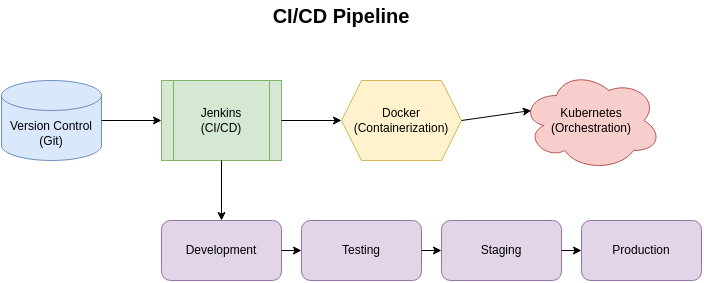
Enhancing DevOps with Visual Architecture Diagrams
In the DevOps world, automation, collaboration, and continuous integration are key principles. Architecture diagrams play a crucial role in visualizing the pipelines, processes, and infrastructure that support DevOps workflows.
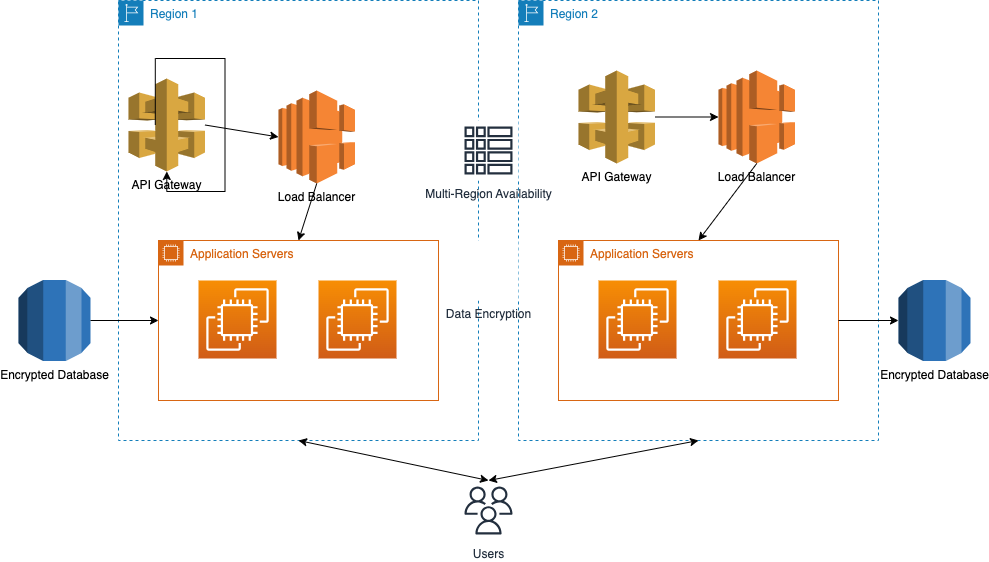
AI Architecture Generator: The Modern way of Architecture Diagram Creation
AI-powered architecture generators are transforming the way we design and visualize system architectures. These tools automatically create architecture diagrams based on input requirements, saving time and ensuring accuracy. Whether you're designing cloud-based systems, network infrastructures, or software architectures, AI can help ...
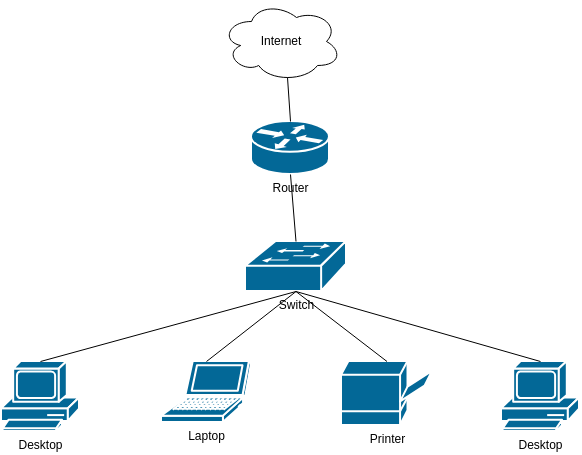
Network Diagrams: Visualizing Complex Networks with Ease
Network diagrams are essential for visualizing the structure and flow of communication systems. They provide a visual representation of how various devices (routers, switches, servers, etc.) interact within a network. Whether you're designing a small office network or a global enterprise system, network diagrams help in planning and troubleshooting.
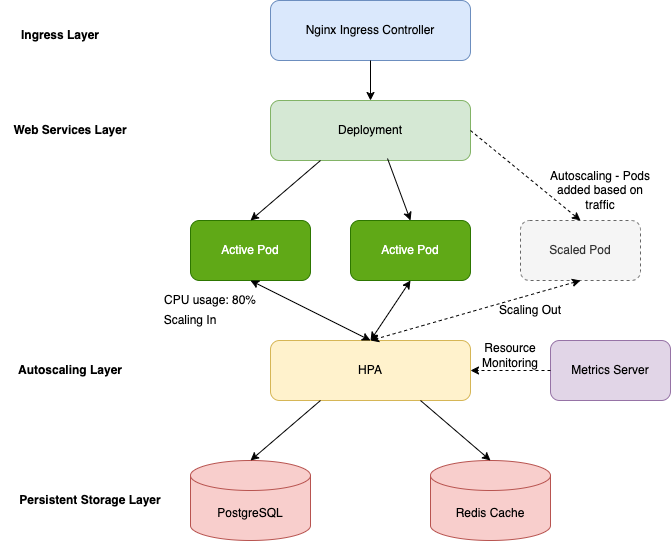
How to Create Kubernetes Architecture Diagrams Automatically with Draft1.ai
Kubernetes architecture is known for its complexity, with components such as nodes, pods, services, and networking layers all interacting dynamically. Visualizing these components in a Kubernetes architecture diagram is essential for managing and optimizing your Kubernetes clusters. Draft1.aiautomates this process, allowing you to create accurate ...
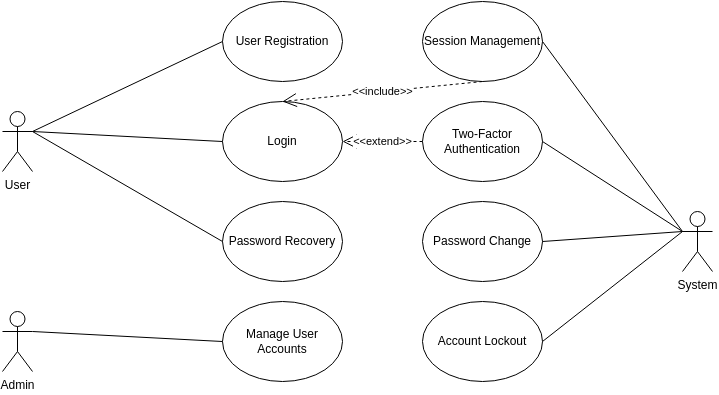
The Future of Use Case Diagram Making: How AI is Streamlining Software Development
Use case diagrams are vital in software and system design because they visually represent how different actors (users or external systems) interact with the system's various functions. These diagrams play a key role in requirements gathering, communication between teams, and overall system planning. With Draft1.ai, creating detailed use case ...
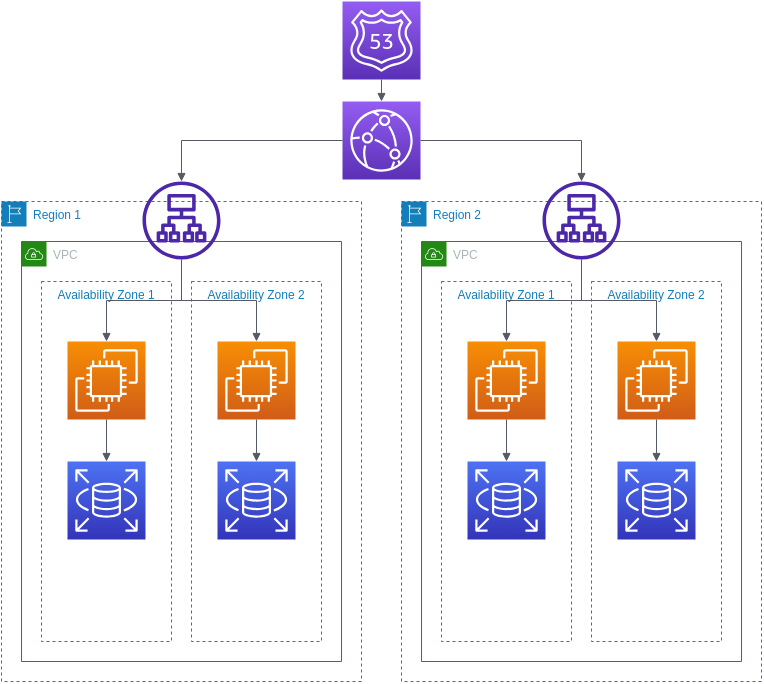
Diagram as Code: Automating Architecture Diagrams for DevOps and Cloud Engineers
In the world of DevOps and cloud engineering, automation is key to ensuring consistency, accuracy, and scalability. The Diagram as Code (DaC) approach enables engineers to automatically generate architecture diagrams by defining their infrastructure as code. This process integrates seamlessly into infrastructure-as-code (IaC) tools like Terraform, ..
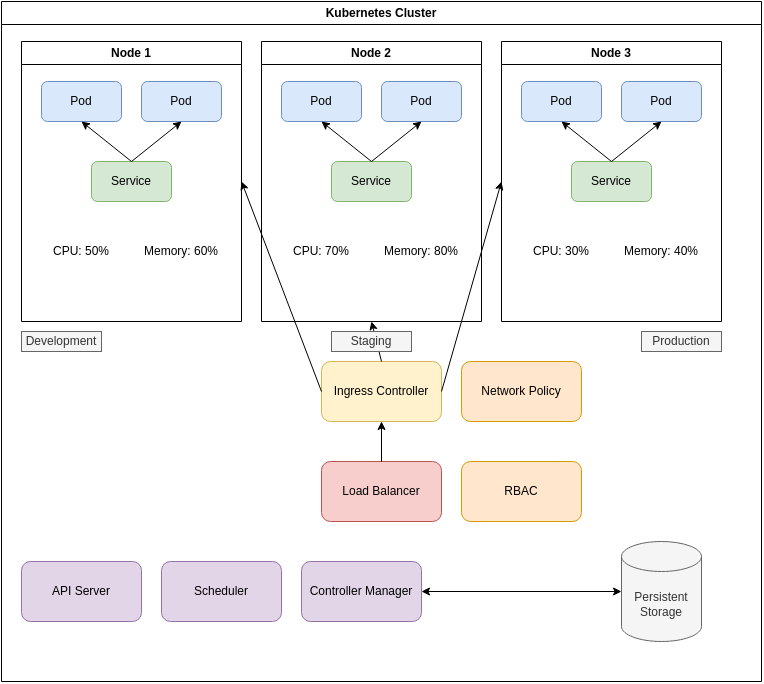
Creating Kubernetes Diagrams with Icons and Best Practices in Draft1.ai
Clear, easy-to-read diagrams are essential when working with Kubernetes. Using standard Kubernetes icons to represent components such as pods, services, and ingress controllers can improve communication between teams and ensure that your diagrams are easily interpretable. Draft1.aisupports the use of icons, ensuring that your ...
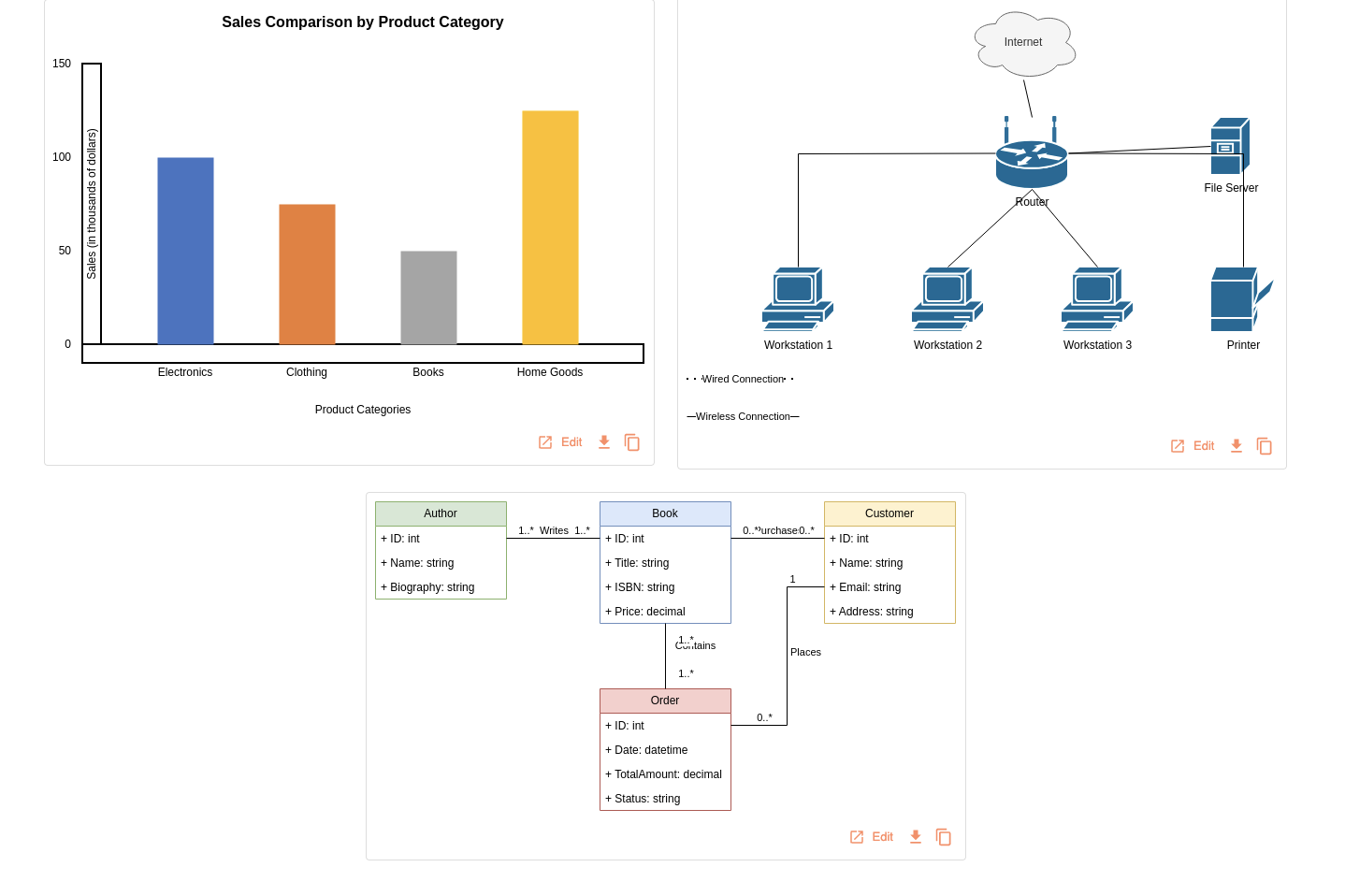
Types of diagrams - from most to least known (Part 1)
Here’s a comprehensive list of diagram types, starting with the most well-known and commonly used, followed by less familiar ones. All of these diagram types are supported by draft1.ai.
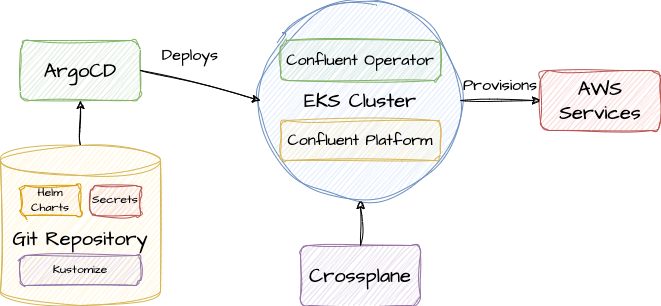
What Does a Good Diagram Look Like? Understanding Software Architecture Diagrams
When designing any software system, it’s essential to understand what a software architecture diagram should include. These diagrams provide a comprehensive overview of all components, such as services, databases, and APIs, and how they interact within the system. By visualizing this information, developers, engineers, and stakeholders can ...